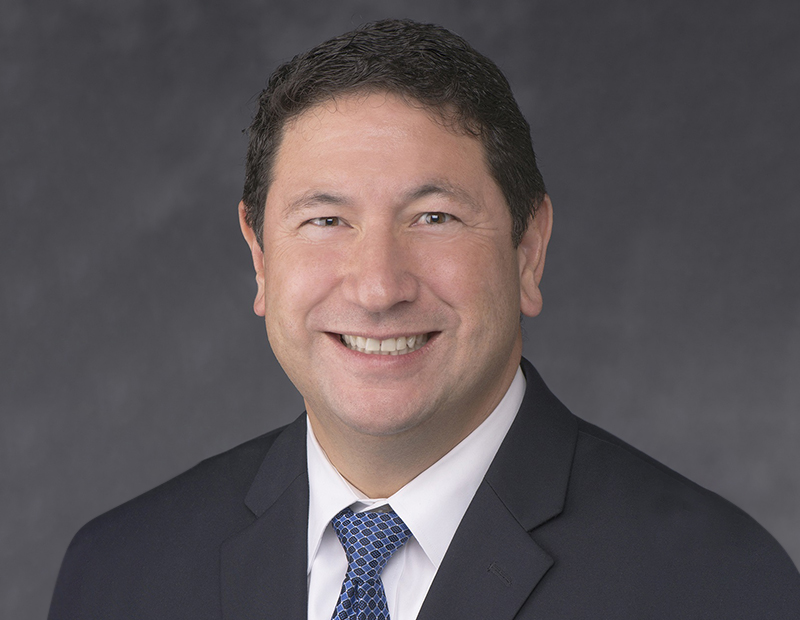Markets See Industrial Supply Trail Demand
Marcus & Millichap’s newly released local reports reveal a handful of sector trends in metropolitan areas across the U.S. and Canada for the second half of 2018.
By Barbra Murray
Marcus & Millichap Inc. recently released local industrial market reports for the second half of 2018, and the real estate investment services firm found shared themes ranging from supply issues to property styles.
Marcus & Millichap identified a series of trends among 26 industrial markets the firm observed in the U.S. and Canada, and a notable gap between supply and demand was chief among them. “The continued growth of e-commerce demand has placed logistics firms and retailers in direct competition for industrial space amid the ever-tightening vacancy climate,” according to the report.
A long queue of developments in the works only goes so far in addressing the supply shortage. Per Marcus & Millichap’s reports, Chicago will add 15.5 million square feet of new product to its existing inventory this year, which exceeds 1 billion square feet. In Toronto, where the vacancy rate is expected to drop to just 2.2 percent in 2018, 3.8 million square feet of industrial space is in the pipeline. Still, the supply-demand discrepancy persists. In addition to e-commerce growth, the persistent shortage can be attributed to shipping costs, which have increased 8 percent over the last year, according to Marcus & Millichap’s research. Local delivery costs play a role as well, with upward pressure emerging in tandem with the rise in oil and gas prices.
“As a result [of increases in shipping and delivery costs], supply chain strategies and efficiencies are becoming an increasingly important consideration for companies, particularly for businesses with a significant e-commerce component. This is driving demand for last-mile fulfillment locations that allow companies to efficiently deliver products to customers,” John Chang senior vice president & national director of research services for Marcus & Millichap Inc., told Commercial Property Executive.
Adaptation
Industrial developers and owners are getting creative in their efforts to mitigate costs and accommodate users’ growing need for space. Multi-story facilities, which require smaller, less expensive parcels of land, are popping up across the U.S. In the Bronx in New York City, Innovo Property Group and Square Mile Capital Management LLC are building an 840,000-square-foot distribution center 2505 Bruckner Blvd., the first multi-story industrial facility project on the East Coast. Jernigan Capital Inc. announced plans in 2017 for two multi-story, climate-controlled facilities in Atlanta and Largo, Fla.
Property owners are pursuing other less traditional methods to provide last-mile fulfillment properties. “Many investors are considering a wide range of adaptive reuse to meet their needs for space,” Chang said. “Well-located retail properties that may face some challenges in filling space and that have appropriate access, loading facilities and infrastructure, are emerging as a potential option for these local last-mile fulfillment centers. This has the potential to remove some of the more challenging retail space from the market while boosting logistics space in the ultra-tight industrial market.”
The industrial investor
Another common thread seen in Marcus & Millichap’s local reports is investors’ ongoing, feverish competition for industrial assets, including those in secondary and tertiary markets. Robust bidding activity in Vancouver, B.C., triggered an approximately 29 percent year-over-year jump in pricing per square foot, to the upper-$200s in the second quarter. In Los Angeles, the average cap rate of assets traded over the last 12 months was in the low 5 percent range, marking one of the lowest industrial cap rates in the U.S.
The buying frenzy isn’t without its concerns, however; investors are wary of changes in interest rates. “The conventional wisdom is pointing toward a rising interest rate climate. That will change some of the assumptions about yield and the underwriting on industrial assets in particular because many of these properties have commanded premium pricing,” Chang noted. “Thus far, cap rates have remained resistant to rising interest rates, tightening the yield spread over the cost of capital. An important question is how much yield compression the sector will absorb before industrial buyers step back from the market, causing cap rates to rise.”
Image courtesy of Marcus & Millichap








You must be logged in to post a comment.